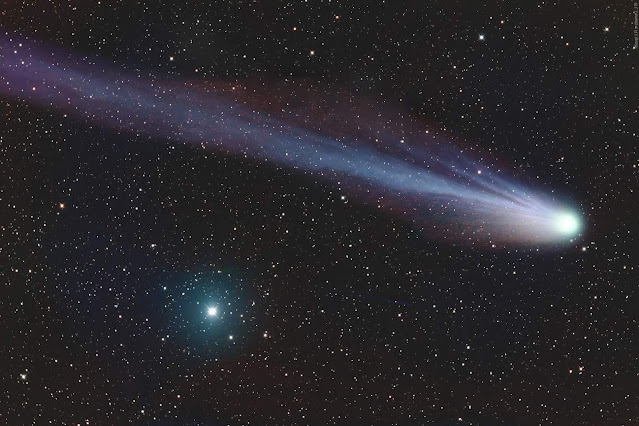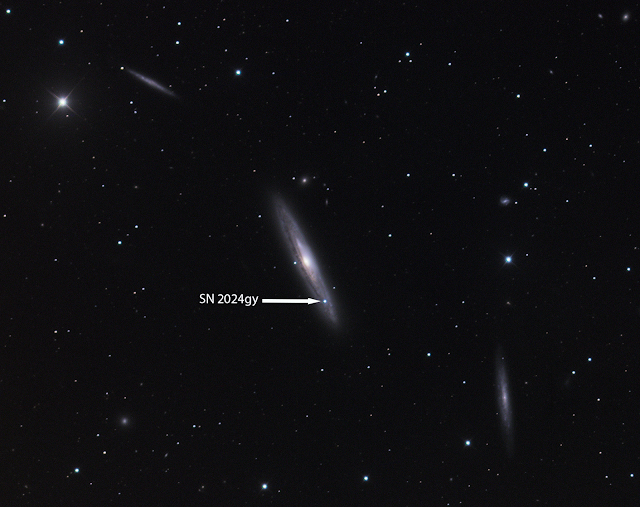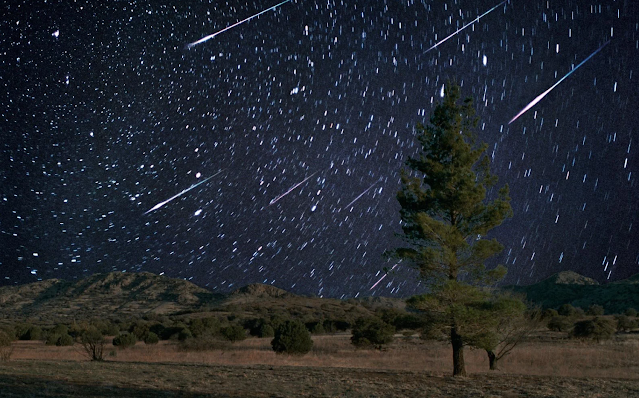Tiny Moons Found Around Uranus and Neptune
 |
| A discovery image of the new Uranian moon S/2023 U1 using the Magellan Telescope on November 4, 2023. Photo Credit: Scott Sheppard / Carnegie Institute for Science. |
Astronomy enthusiasts and stargazers alike have reason to rejoice as recent research has uncovered a trio of hidden gems swirling around the gas giants Uranus and Neptune. In a revelation that adds sparkle to our understanding of the outer solar system, astronomers have unveiled three previously undiscovered moons, each with its own unique story to tell.
These newfound moons aren't just celestial bystanders; they represent fragments from a common parent object, adding a layer of complexity to our understanding of moon formation. With irregular orbits and intriguing distances from their host planets, they challenge conventional wisdom and beckon us to reconsider the dynamics of our cosmic neighborhood.
Uranus, Shakespeare's inspiration for celestial naming, welcomes two new moons to its retinue: Cressida and Desdemona. Cressida's scarred surface hints at a turbulent history, while Desdemona's reddish hue hints at organic treasures waiting to be uncovered. Meanwhile, Neptune proudly claims Perdita, the smallest of the trio, expanding its moon family to 14 members and deepening the mystery of its lunar landscape.
As we ponder the implications of these discoveries, questions abound. How did these moons form, and what tales do they whisper about the early days of our solar system? With each revelation, the cosmos invites us to embark on a journey of exploration and wonder, reminding us that our understanding is ever-evolving and that the universe holds countless secrets yet to be unveiled.








Comments
Post a Comment